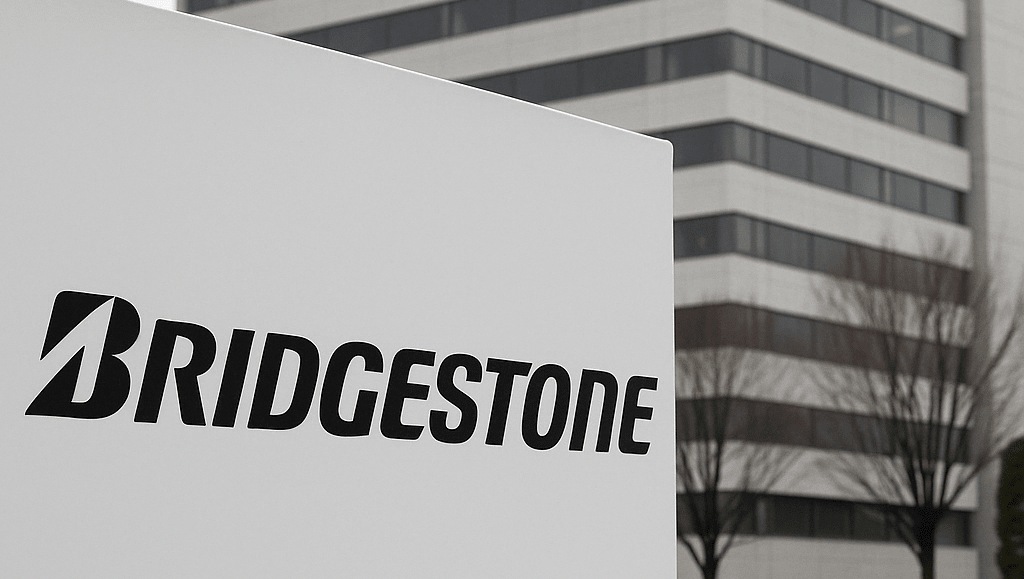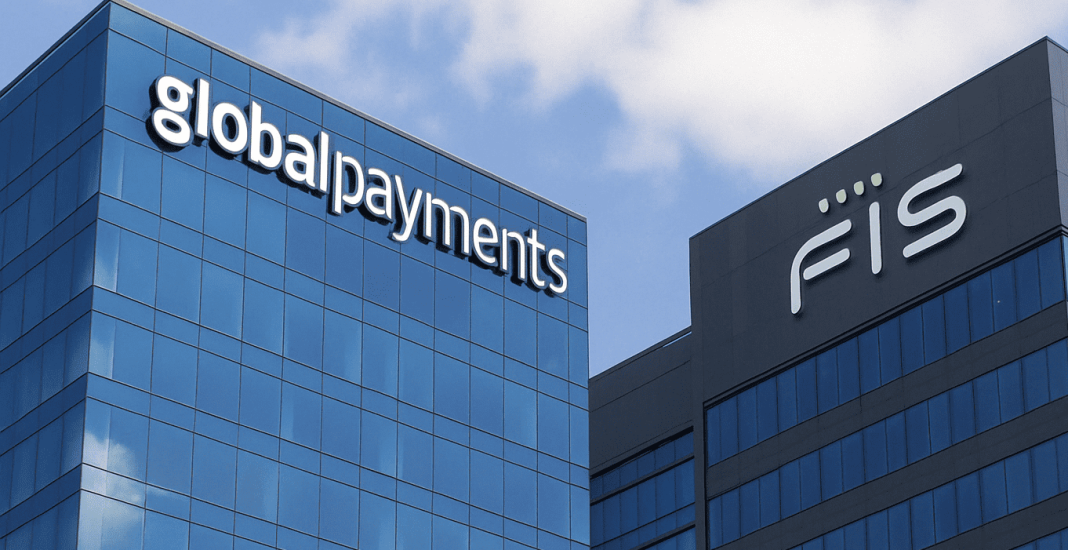Japan’s leading tire manufacturer has made a major financial pivot. The Bridgestone bond cut slashed its planned issuance from $800 million to just $350 million. This unexpected move shows how turbulent economic conditions are reshaping corporate borrowing strategies—even for global giants.
Weak Demand Leads to Bridgestone Bond Cut
The bond cut came after the company faced lower-than-expected interest from institutional investors. With inflation fears, interest rate hikes, and global instability continuing to pressure markets, investor appetite for corporate bonds has cooled.
Initially, the offering was aimed at raising funds for refinancing and improving liquidity. But given limited demand, Bridgestone scaled back to avoid locking in high borrowing costs during a volatile period.
Rising Yields Impact the Bridgestone Bond Cut
One of the core challenges behind the bond cut is the rise in global bond yields. Investors now expect higher returns to offset inflation and rate-related risks. That means companies like Bridgestone must offer more attractive yields, increasing their borrowing costs.
Rather than accept less favorable terms, Bridgestone wisely chose to downsize the bond offering. The move helps the company avoid long-term commitments at peak interest levels.
Strategic Implications
The bond cut doesn’t signal financial trouble. On the contrary, Bridgestone remains profitable and operationally strong. However, the reduced capital may delay some internal investments or slow strategic initiatives.
The move reflects a growing trend among corporations: a shift from aggressive debt raising to more conservative, risk-adjusted approaches. From manufacturing to tech, companies are choosing to wait or reduce bond sizes rather than overpay.
Bridgestone Bond Cut Sets Tone for 2025 Debt Market
The bond cut may influence other firms evaluating the timing and size of their own debt offerings. With central banks like the U.S. Federal Reserve likely to maintain higher rates through 2025, many companies are expected to hold back on large-scale bond issuance.
Market analysts forecast continued uncertainty. Until inflation cools and interest rates stabilize, corporate bonds may remain a tricky space for both issuers and buyers.
Investor Sentiment Shifts After Bridgestone Bond Cut
Investors should view the bond cut as a clear signal. Capital markets are changing fast, and the safety of corporate bonds is no longer guaranteed. Risk-averse investors are shifting toward government securities or high-grade assets.
This makes it more difficult for companies—especially international issuers—to raise capital without offering aggressive terms. Bridgestone’s choice to trim its deal reflects this exact sentiment.
Conclusion
The bond cut is more than a corporate headline—it’s a snapshot of today’s financial climate. Big companies are treading carefully, interest rates are squeezing debt options, and investors are hesitant.
As 2025 unfolds, more companies may follow suit. Bridgestone’s cautious approach may prove to be a smart play in a market full of economic landmines.



